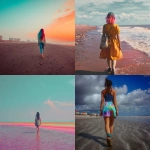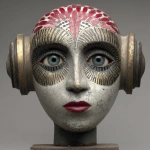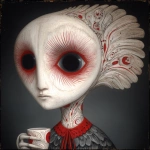Explore the Best AI Image Gallery
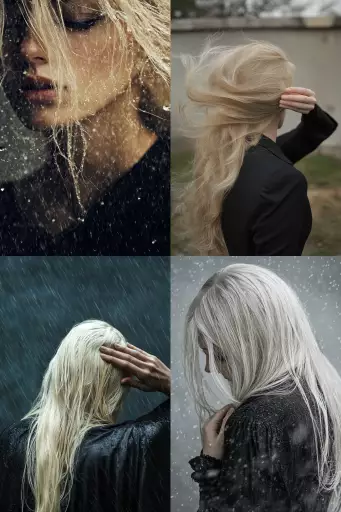
Pixels on Skin: Exploring the Impact of AI-Generated Images on Art
The art world is in constant flux, driven by technological advancements and evolving perspectives. One of the most recent and hotly debated phenomena is the emergence of AI-generated images, a new frontier blurring the lines between human creativity and machine intelligence. This technology, capable of producing stunningly realistic and imaginative visuals from simple text prompts, has sparked both excitement and apprehension within the creative community.
AI image generation relies on sophisticated algorithms trained on vast datasets of existing artwork. These algorithms learn patterns, styles, and composition techniques, enabling them to synthesize novel images based on user-provided input. Tools like DALL-E 2, Midjourney, and Stable Diffusion have gained widespread recognition for their ability to create everything from photorealistic landscapes to abstract masterpieces.
Impact on the Creative Industry
The implications of AI image generation are multifaceted and far-reaching.
- Democratization of Art: One of the most significant impacts is the democratization of art creation. With user-friendly interfaces and accessibility to powerful tools, anyone can now generate artwork without requiring extensive artistic training or technical expertise.
- New Creative Possibilities: AI expands the boundaries of artistic expression by enabling the exploration of unconventional ideas and styles. Artists can leverage AI as a creative partner, generating initial concepts, exploring variations, and overcoming creative blocks.
- Efficiency and Automation: In industries like advertising, design, and game development, AI-generated images can significantly accelerate workflows. Businesses can quickly produce visuals for marketing campaigns, website designs, or in-game assets, saving time and resources.
Ethical Considerations
While the potential benefits are undeniable, AI image generation also raises ethical concerns that require careful consideration:
- Copyright and Ownership: Questions arise regarding the ownership of AI-generated artwork. Who holds the copyright—the user who provides the prompt, the developer of the AI tool, or the AI itself?
- Bias and Representation: AI algorithms are trained on existing datasets, which may contain biases that reflect societal stereotypes and prejudices. This can result in AI-generated images perpetuating harmful representations.
- Authenticity and Deception: The ability to create highly realistic images raises concerns about the potential for misuse, such as generating deepfakes for malicious purposes or spreading misinformation.
Future Trends
The field of AI image generation is rapidly evolving, with continuous advancements pushing the boundaries of whats possible:
- Personalized Art: We can expect to see more tools that allow users to generate custom artwork tailored to their preferences, tastes, and even personal experiences.
- Interactive and Dynamic Images: AI-generated images may become more interactive, responding to user input or changing based on real-world conditions.
- Integration with Other Technologies: Well likely see greater integration of AI image generation with virtual reality, augmented reality, and the metaverse, creating immersive and engaging experiences.
AI image generation is a transformative technology with the potential to revolutionize the art world and beyond. While navigating the ethical challenges and ensuring responsible development are crucial, embracing the creative possibilities offered by this technology can lead to exciting new forms of artistic expression and innovation.


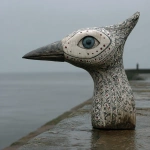


](https://images.ai-img.art/thumbnails/150/6a577517a359cd2bc6212d6b0f12c7cab660841317023550a76c84f409c7f2d0.webp)
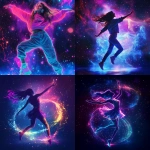
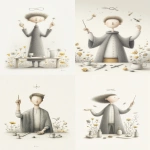
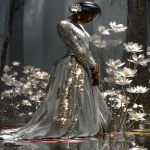

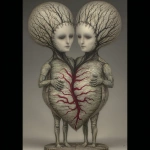
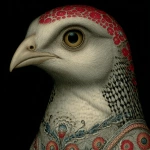
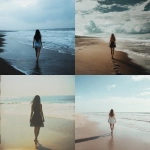
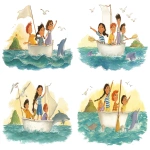
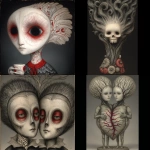

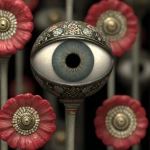
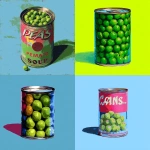
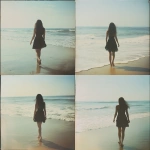
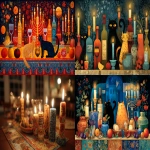



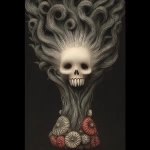
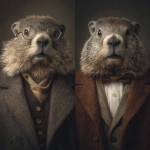
](https://images.ai-img.art/thumbnails/150/6a9bb97a3f1c45ab616724cc54bca010cbcc2d658a9c0e4581aa181c88046444.webp)
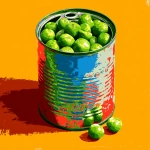
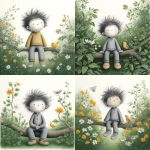
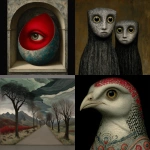



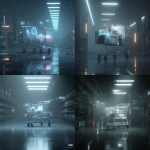
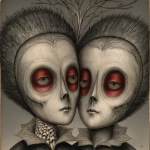
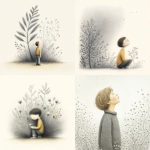

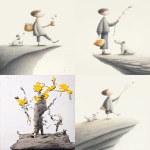

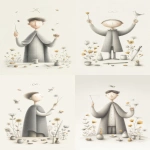
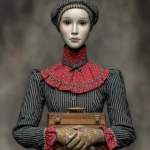
](https://images.ai-img.art/thumbnails/150/45237dfa7845159b860f9e234c48c4418e8efcb52b4d15da4493f46e6a99f337.webp)
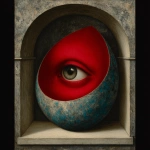
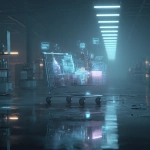
](https://images.ai-img.art/thumbnails/150/065f0b2e150f4cc43a9da80d822e8a385e9e50f2f6ff2cc3be7639cfd74952da.webp)
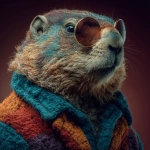
](https://images.ai-img.art/thumbnails/150/1b14bd827b740aca3b0d8efa7ed6865e28c7c8382172f3f565c96b6c5f64ca78.webp)

